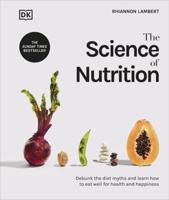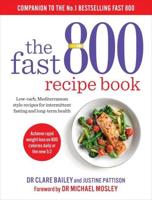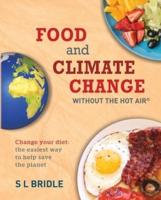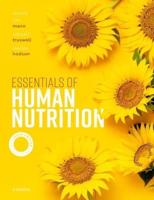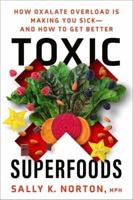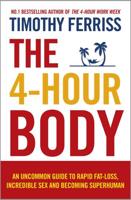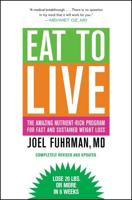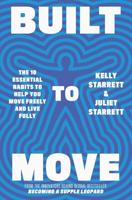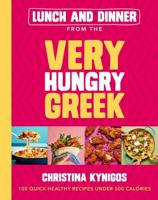Publisher's Synopsis
Salts, clays and clay-like minerals have been used both by humans and animals to survive in the harshest conditions as long as they appeared on planet Earth. The reason is that they have always been the most freely and easily available substances to both species and have a large number of uses to keep us in good health.
Animals eat clay instinctively, in order to counteract the effects of poisonous substances in plants and to get rid of toxins and internal parasites, as well as to replenish themselves in vital minerals. They roll in mud to rid themselves of ticks, fleas and other skin parasites. They go to salt licks to replenish themselves in salts.
The use of minerals by humans goes back to prehistoric times. People of all cultures were using clays for healing, to prevent food poisoning, heal wounds, stop infections, ulcers, as a source of minerals, to stop hunger pains when food was scarce.
More recently, clays have been used to minimise the effects of radiation in places of radioactive emergencies - such as Chernobyl. Soldiers of Russia and France were given clay rations during World Wars as a means to stop poisoning from dirty water, heal wounds and prevent diarrhoea.
Clays, mud and salts have been used extensively in health and beauty spas, in order to treat chronic health conditions, as well as improve skin and promote rejuvenation. More and more people are beginning to use minerals at home, especially in healing procedures.
This book is a brief guide to people who love camping, hiking and outdoor activities and anybody who can find themselves far away from medical facilities. Clays, salts and clay-like minerals can help us in emergency situations. The purpose of this book is to show how nature's gifts can help should you find yourself in an extreme situation where medicines are unavailable.

